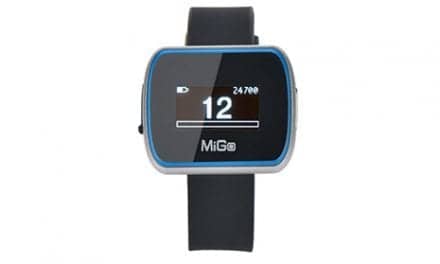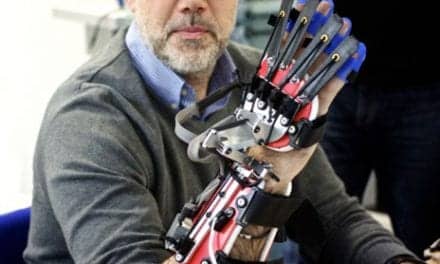Platelet-rich plasma combined with physical therapy for hamstring injury did not yield significant reductions in time to return to play or reinjury rates compared with no treatment or physical therapy alone, according to a study published recently in The American Journal of Sports Medicine.
“The high incidence of hamstring injuries in athletes has prompted investigation into treatment innovations that reduce recovery time (time to return to play [RTP]) and decrease reinjury rates. Platelet-rich plasma (PRP) has been reported to have therapeutic effects for various myotendinous injuries, but its evidence has been limited when used to treat hamstring injuries.”
— Dexter Seow, MD, BCh, of NYU Langone Orthopedic Hospital, and colleagues
In a meta-analysis and systematic database review of PRP injection for the treatment of hamstring injuries, 10 studies with 207 hamstring injuries in the PRP group and 149 hamstring injuries in the control group were included. Mean time to RTP and reinjury rates were extracted and analyzed.
Study results showed the mean RTP time ranged from 21 days to 50.9 days with a mean reinjury rate of around 11.7% in the PRP group vs. 30.8 days to 52.8 days and a mean reinjury rate of around 12.8% in the control group. When PRP combined with physical therapy was compared to physical therapy alone, the fixed effects model for overall reinjury rates favored PRP combined with physical therapy (risk ratio: 0.88). Overall, no significant statistical difference was identified in reinjury rates between PRP combined with physical therapy and physical therapy alone, a media release from Healio Orthopedics explains.
Related Content:
How Does Platelet-Rich Plasma Therapy Affect the Risk of Meniscus Repair Failure?
Sports Medicine Study Urges Caution When Treating Injuries Using PRP or Stem Cells
“The systematic review has demonstrated that there has been statistically nonsignificant evidence to suggest that PRP injection with physical therapy reduced time to RTP or re-injury rates compared to no treatment or PT alone for hamstring injuries in a short-term follow-up,” Seow and colleagues conclude, in the release. “Heterogeneity of PRP injection protocols should be controlled and accounted for in future studies.”
[Source: Healio Orthopedics]





